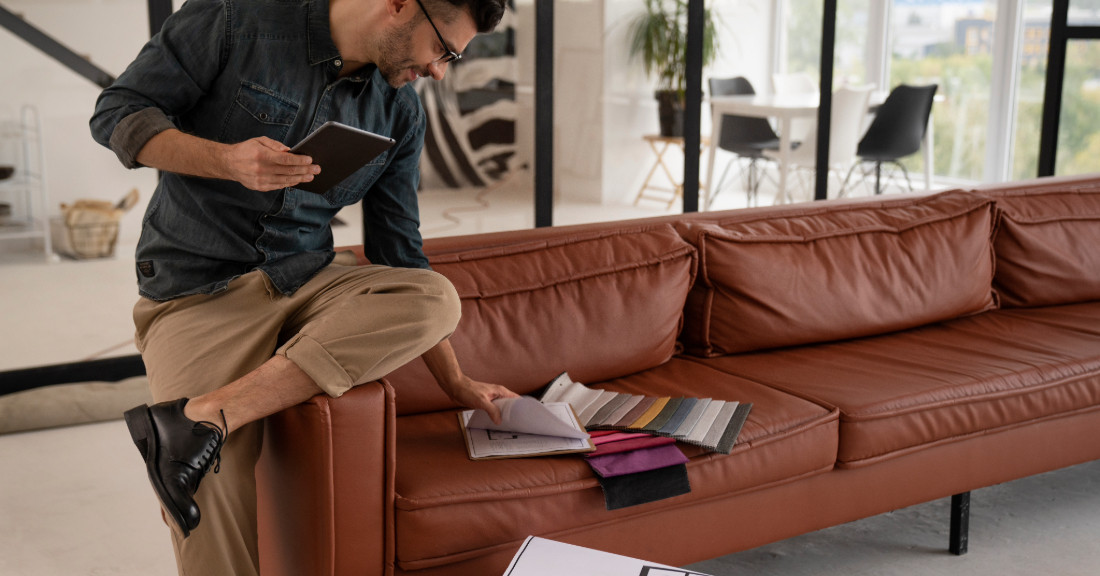A sofa is often the centerpiece of a living room — it’s where you relax, entertain guests, and unwind after a long day. With so many styles, sizes, and materials available, finding the perfect sofa can feel overwhelming. This guide breaks it down into five key factors to help you make the right choice for your home and lifestyle.
1. Measure Your Space First
Before falling in love with a particular sofa, it’s crucial to know your room's dimensions. Start by measuring the available space where the sofa will sit. Make sure to account for walking paths, nearby furniture, and doorways. Think about the sofa’s depth, height, and width — especially if you’re working with a small living room or open concept space. Sketch a simple floor plan or use painter’s tape to outline potential sofa placement.
2. Choose a Style That Matches Your Aesthetic
Your sofa should complement the overall style of your room. Whether your taste is modern, traditional, mid-century, or eclectic, there’s a sofa to match. For modern spaces, clean lines and metal or wooden legs work well. Classic rooms benefit from rolled arms, tufted backs, or skirted bases. Color also plays a big role: neutral shades offer flexibility, while bold hues or patterns can make a statement. Don’t forget to consider how trends may change — pick something that will still feel right in a few years.
3. Pick the Right Fabric for Your Lifestyle
Sofa upholstery is more than just about looks — it has to hold up to your daily routine. If you have kids or pets, look for durable, stain-resistant fabrics like microfiber or performance polyester blends. Leather offers a sleek, timeless look and is easy to clean, but it can be pricey. Velvet adds luxury and texture but might require more care. Always consider maintenance, wear resistance, and how the fabric will age over time.
4. Consider Comfort and Cushioning
Looks matter, but comfort is non-negotiable. Pay attention to cushion fill and support. Foam cushions are firm and low-maintenance, while down or feather-filled cushions offer a plush feel but need regular fluffing. Seat depth is also important — deeper sofas are great for lounging, while shallower seats are better for upright sitting. If you can, test the sofa in person to see how it feels — or read reviews to get insights from others.
5. Think About Function and Flexibility
Do you need more than just a spot to sit? Consider sofas that double as storage or convert into a sleeper for guests. Sectionals offer flexible seating arrangements and work well in larger rooms or open layouts. Some modular sofas can be rearranged to fit different configurations, ideal for people who move often or like to refresh their space. Make sure your choice fits both your lifestyle and your long-term needs.
Conclusion:
Choosing the perfect sofa means balancing comfort, style, and practicality. By measuring your space, selecting the right style and fabric, evaluating comfort, and considering functionality, you’ll end up with a sofa that fits both your home and your life beautifully.








